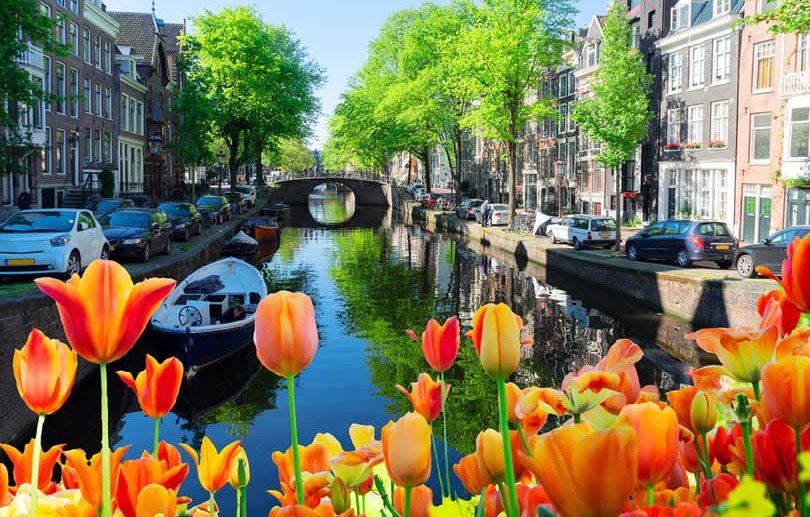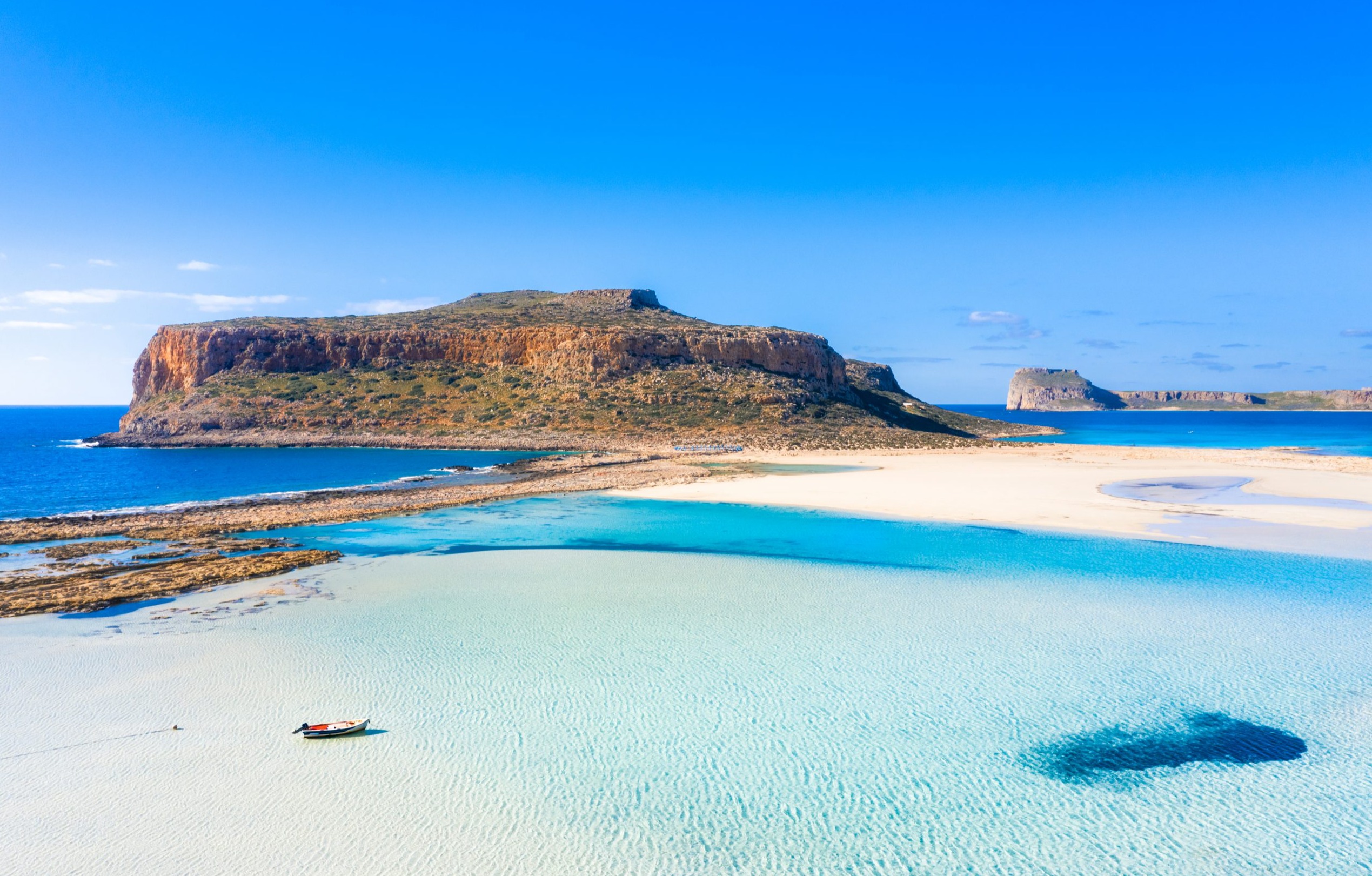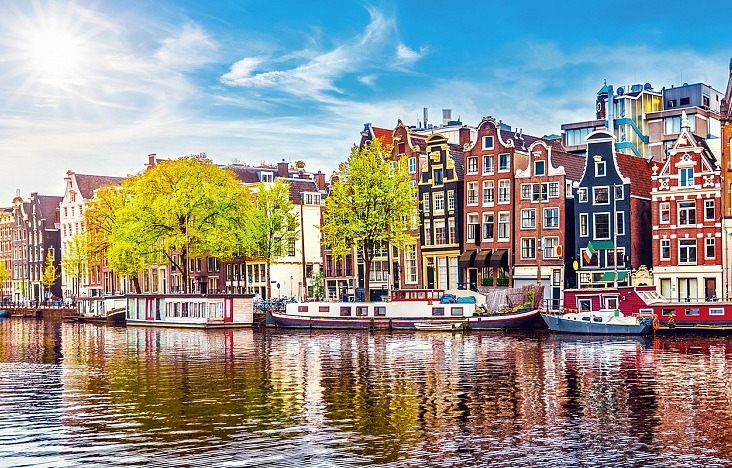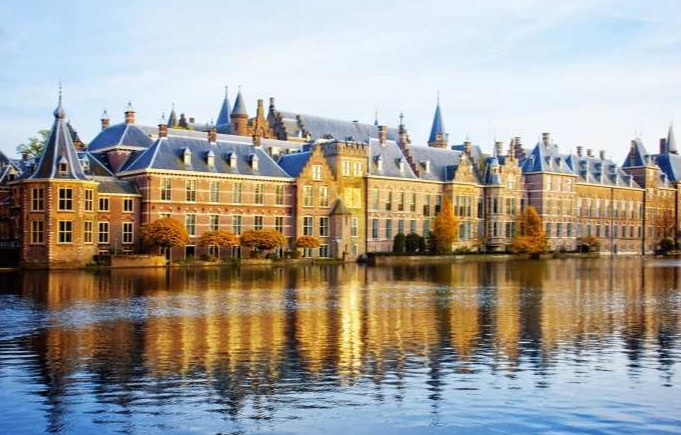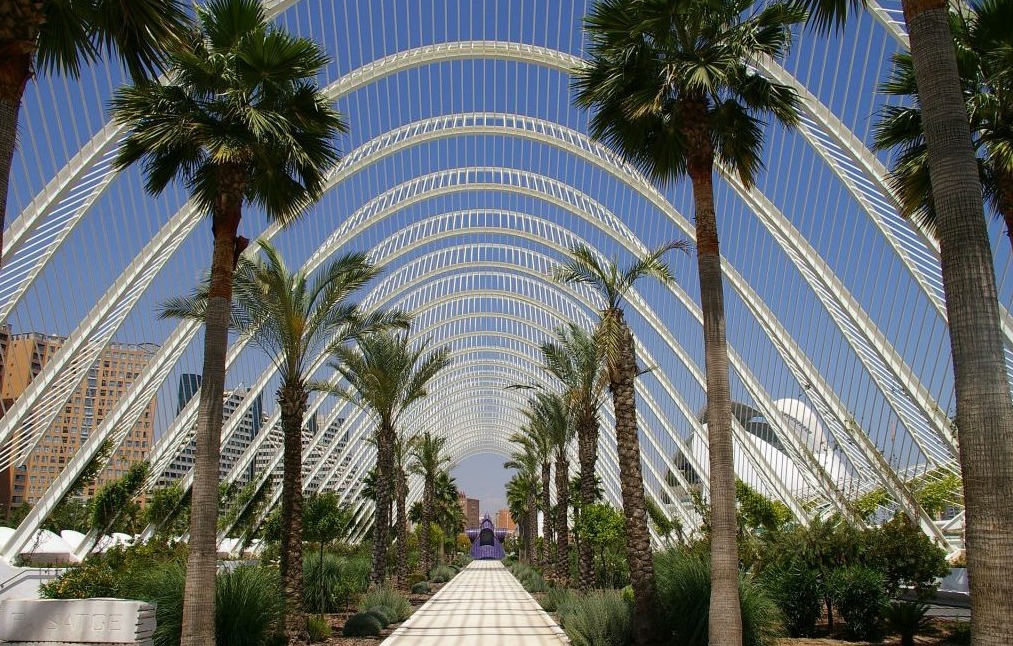
Haarlem shuffle
Amsterdam, NetherlandsHaarlem was granted city status or stadsrechten in 1245, although the first city walls were not built until 1270. The modern city encompasses the former municipality of Schoten as well as parts that previously belonged to Bloemendaal and Heemstede. Apart from the city, the municipality of Haarlem also includes the western part of the village of Spaarndam. Newer sections of Spaarndam lie within the neighbouring municipality of Haarlemmermeer.
Meest geboekte vakanties
Dutch Location
Crete, located in the southern part of the Aegean and Greece’s largest island, Samos in the eastern Aegean and Corfu in the Ionian Sea, are billed as the top three destinations spots in Greece, based on the intention to travel in the coming season, with 16%, 10% and 10% respectively.
Zakynthos (Zante), Cephallonia, both in the Ionian, Kos in the eastern Aegean and Lefkada, in the Ionian, the Peloponnese, Lesvos and Karpathos in the Dodecanese were also on the list.
The website Griekenland.net, visited by thousands of Dutch users, cites Crete as the most preferred island by the Dutch while visiting Greece, while Samos has won kudos for its beautiful villages and enchanting walking routes, while Corfu makes a dynamic comeback on the top ranks.
The newly elected mayor of Samos, Paris Papageorgiou, said the island “has this magical touch that differentiate it in the international arena, adding that this distinction is another indication of the uniqueness and popularity of the island.”
Geography
Haarlem is located on the river Spaarne, giving it its nickname Spaarnestad (Spaarne city). It is situated about 20 km (12 mi) west of Amsterdam and near the coastal dunes. Haarlem has been the historical centre of the tulip bulb-growing district for centuries and bears its other nickname Bloemenstad (flower city) for this reason
History
Haarlem has a rich history dating back to pre-medieval times, as it lies on a thin strip of land above sea level known as the strandwal (beach ridge), which connects Leiden to Alkmaar. The people on this narrow strip of land struggled against the waters of the North Sea from the west, and the waters of the IJ and the Haarlem Lake from the east. Haarlem became wealthy with toll revenues that it collected from ships and travellers moving on this busy north–south route.
As shipping became increasingly important economically, the city of Amsterdam became the main Dutch city of North Holland during the Dutch Golden Age. The town of Halfweg became a suburb, and Haarlem became a quiet bedroom community, and for this reason Haarlem still has many of its central medieval buildings intact. Nowadays many of them are on the Dutch Heritage register known as Rijksmonuments. The list of Rijksmonuments in Haarlem gives an overview of these per neighbourhood, with the majority in the old city centre.
Meest geboekte vakanties
Haarlem
The oldest mentioning of Haarlem dates from the 10th century.[6] The name probably comes from "Haarlo-heim".[7] This name is composed of three elements: haar, lo and heim. There is not much dispute about the meaning of lo and heim; in Old Dutch toponyms lo always refers to 'forest' and heim (heem, em or um) to 'home' or 'house'. Haar, however, has several meanings, one of them corresponding with the location of Haarlem on a sand dune: 'elevated place'. The name Haarlem or Haarloheim would therefore mean 'home on a forested dune'.
There was a stream called "De Beek", dug from the peat grounds west of the river Spaarne as a drainage canal. Over the centuries the Beek was turned into an underground canal, as the city grew larger and the space was needed for construction. Over time it began to silt up and in the 19th century it was filled in. The location of the village was a good one: by the river Spaarne, and by a major road going south to north. By the 12th century it was a fortified town, and Haarlem became the residence of the Counts of Holland.
Haarlem
In 1219 the knights of Haarlem were laurelled by Count Willem I, because they had conquered the Egyptian port of Damietta (or Damiate in Dutch, present-day Dimyat) in the fifth crusade. Haarlem received the right to bear the Count's sword and cross in its coat of arms. On 23 November 1245 Count Willem II granted Haarlem city rights. This implied a number of privileges, among which the right for the sheriff and magistrates to administer justice, instead of the Count. This allowed for a quicker and more efficient judiciary system, more suited to the needs of the growing city.
After a siege from the surrounding area of Kennemerland in 1270 a defensive wall was built around the city. Most likely this was an earthen wall with wooden gates. Originally the city started out between Spaarne, Oudegracht, Ridderstraat, Bakenessergracht and Naussaustraat. In the 14th century the city expanded, and the Burgwalbuurt, Bakenes and the area around the Oudegracht became part of the city. The old defenses proved not to be sufficiently strong for the expanded city, and at the end of the 14th century a 16½-metre high wall was built, complete with a 15-metre wide canal circling the city. In 1304 the Flemish threatened the city, but they were defeated by Witte van Haemstede at Manpad.
Accommodation
All the city's buildings were made of wood, and fire was a great risk. In 1328 nearly the whole city burnt down. The Sint-Bavokerk was severely damaged, and rebuilding it would take more than 150 years. Again on 12 June 1347 there was a fire in the city. A third large fire, in 1351, destroyed many buildings including the Count's castle and the city hall. The Count did not need a castle in Haarlem because his castle in The Hague (Den Haag) had taken over all functions.
The count donated the ground to the city and later a new city hall was built there. The shape of the old city was square—this was inspired by the shape of ancient Jerusalem. After every fire the city was rebuilt quickly, an indication of the wealth of the city in those years. The Black Death came to the city in 1381. According to an estimate by a priest from Leiden the disease killed 5,000 people, about half the population at that time.
In the 14th century, Haarlem was a major city. It was the second largest city in historical Holland after Dordrecht and before Delft, Leiden, Amsterdam, Gouda and Rotterdam. In 1429 the city gained the right to collect tolls, including ships passing the city on the Spaarne river. At the end of the Middle Ages, Haarlem was a flourishing city with a large textile industry, shipyards and beer breweries. Around 1428, the city was put under siege by the army of Jacqueline, Countess of Hainaut. Haarlem had taken side with the Cods in the Hook and Cod wars and thus against Jacoba of Bavaria. The entire Haarlemmerhout wood was burnt down by the enemy.
Make sure your wedding website clearly outlines the venue name and address for both your ceremony and reception. If your wedding venue is located in a remote location, you may also want to include some more specific directions or a map, particularly for guests who may be travelling.
If your ceremony and reception are taking place in separate locations, your guests will also need to know what’s happening in-between. Can they make their way immediately to the reception, or will cocktails and canapes be served at the ceremony location following the proceedings? Give your guests an indication of how your day is going to “flow” between both venues so they can plan accordingly.
Transport and logistics will be another key question from your guests. Will they need to make their own way to the ceremony, or have you organised shuttle buses or additional transport?
If guests are driving to the venue, you’ll need to include any relevant details regarding parking options. If parking on-site is limited, you may also want to encourage guests to carpool or book a taxi.
Alternatively, if you’ve organised buses for your guests, make sure you clearly outline the meeting points and relevant times for both pick-up and drop-off.
Haarlem
While you don’t need to go into intricate detail about what’s happening every 30 minutes, your wedding website should definitely include your ceremony start time, reception start time and reception end time. If you’re hosting a cocktail hour before the reception commences, this can be included in your timeline, too.
Contactgegevens While you don’t need to go into intricate detail about what’s happening every 30 minutes, your wedding website should definitely include your ceremony start time, reception start time and reception end time. If you’re hosting a cocktail hour before the reception commences, this can be included in your timeline, too. Tel. +91 9713264792 valthorens@ucpa.asso.fr

